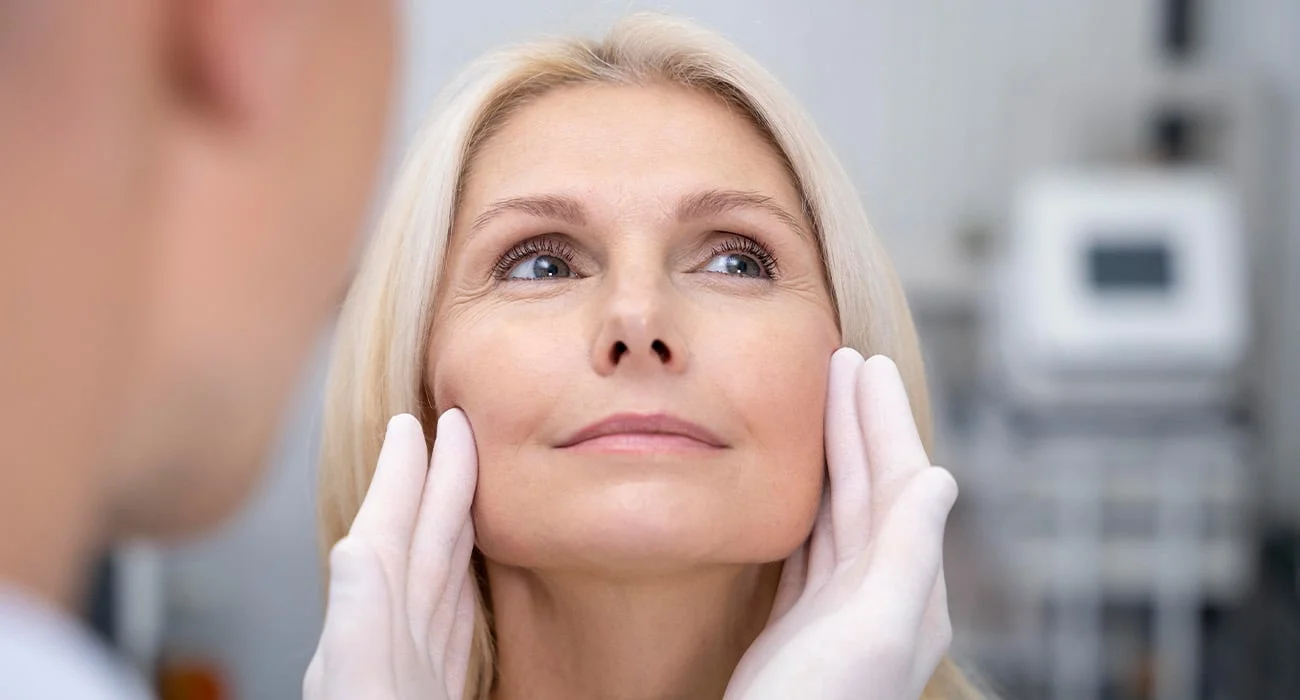What is a non-surgical face lift procedure?

Which procedures do you most frequently perform on patients who want non-surgical change?
Botox, fillers and thread face lift are among the procedures I perform most frequently.
Botox is a toxin obtained from a bacterium called C.botulinum and acts by causing temporary paralysis in the muscle. This helps us a lot in correcting dynamic wrinkles (wrinkles formed by facial movements). The most frequently applied areas on the face are forehead lines, frown lines, smile lines (crow’s feet), nose wrinkles (bunny lines), and masseter muscle botox is also applied to patients with gummy smiles and teeth clenching problems. After the procedure, we ask our patients not to lie down or bend forward or downward for at least 4 hours and to protect their faces from heat.
There are several types of fillers, and the most commonly used today are fillers containing hyaluronic acid. Hyaluronic acid is a substance with water and moisture retaining properties that is normally found in your body and is used to fill and eliminate depressions and wrinkles. The most frequently applied areas on the face are the lips, under-eye sockets, mid-face and cheekbone areas, which are the most desired areas. We recommend not to wear make-up for the first 24 hours after the procedure, to protect the face from heat and not to massage the application area.
Thread facelift is also performed to correct sagging skin in many areas of the face. Due to the intense use of masks due to the recent pandemic, people frequently request changes in the area around their eyes. One of these is almond eye (fox eyes) aesthetics. In this procedure, we can achieve more dynamic, younger looks by increasing the horizontal length of the eye and eliminating wrinkles and depressions along with stretching in the eye and eyebrow area. Thread applications are frequently performed to correct sagging in the mid-face area, chin-jowl and neck area.
Op. Dr. Asif SELİMOĞLU